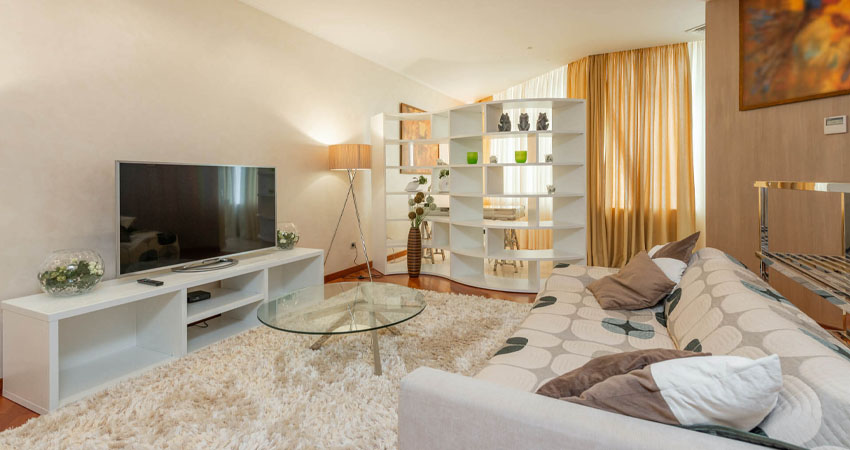Sustainability has become increasingly important in house interior design as homeowners seek to reduce their environmental footprint and create healthier living spaces. By incorporating sustainable practices into house interiors, designers and homeowners can minimize waste, conserve natural resources, and promote environmental responsibility. In this section, we explore strategies for integrating sustainability into house interior design to create eco-friendly and socially responsible living environments.
1. Choose Eco-Friendly Materials:
Selecting eco-friendly materials is a cornerstone of sustainable house interior design. Opt for materials that are renewable, recycled, or locally sourced whenever possible. Choose sustainably harvested wood, bamboo, cork, or reclaimed lumber for flooring, furniture, and cabinetry. Look for low-VOC (volatile organic compound) paints, adhesives, and finishes to minimize indoor air pollution and promote healthier indoor air quality.
2. Prioritize Energy Efficiency:
Energy efficiency is essential in sustainable house interior design to minimize energy consumption and reduce carbon emissions. Choose energy-efficient appliances, lighting fixtures, and HVAC systems that are ENERGY STAR certified and use less energy than conventional models. Install programmable thermostats, smart lighting controls, and energy monitoring systems to optimize energy usage and reduce utility costs.
3. Maximize Natural Light and Ventilation:
Maximizing natural light and ventilation is another key aspect of sustainable house interior design. Design spaces with ample windows, skylights, and glass doors to maximize daylighting and reduce the need for artificial lighting during the day. Incorporate operable windows, louvers, and ventilation fans to promote natural ventilation and passive cooling, reducing the reliance on mechanical HVAC systems and improving indoor air quality.
4. Incorporate Water-Saving Fixtures:
Water conservation is crucial in sustainable house interior design to minimize water usage and preserve this precious resource. Install water-saving fixtures, such as low-flow toilets, showerheads, and faucets, that reduce water consumption without sacrificing performance. Consider incorporating greywater recycling systems, rainwater harvesting tanks, or drip irrigation systems to capture and reuse water for landscaping and irrigation purposes.
5. Reduce, Reuse, Recycle:
The principles of reduce, reuse, and recycle are fundamental to sustainable house interior design. Minimize waste by choosing durable, long-lasting furnishings and finishes that stand the test of time and avoid disposable or single-use items. Reuse salvaged or repurposed materials, such as antique furniture, reclaimed wood, or vintage fixtures, to add character and charm to house interiors. Recycle materials such as glass, metal, plastic, and paper whenever possible to divert waste from landfills and conserve natural resources.
6. Embrace Upcycling and DIY Projects:
Embracing upcycling and do-it-yourself (DIY) projects is a creative and cost-effective way to incorporate sustainability into house interior design. Repurpose old furniture, pallets, or shipping crates into unique and functional pieces for your home. Upcycle materials such as glass bottles, tin cans, or textile scraps into decorative accents or art installations. Get inspired by nature and create DIY projects using natural materials found in your local environment.
7. Educate and Advocate for Sustainability:
Education and advocacy are essential components of sustainable house interior design. Educate yourself and others about the importance of sustainability in the built environment and the impact of design choices on the environment and human health. Advocate for sustainable practices and policies within the design industry and your local community, encouraging the adoption of green building standards, certifications, and incentives that promote sustainable house interior design.
Conclusion
Incorporating sustainable practices into house interior design is essential for creating eco-friendly, healthy, and socially responsible living environments. By choosing eco-friendly materials, prioritizing energy efficiency, maximizing natural light and ventilation, incorporating water-saving fixtures, reducing, reusing, and recycling materials, embracing upcycling and DIY projects, and educating and advocating for sustainability, homeowners and designers can create house interiors that are not only beautiful and functional but also environmentally conscious and sustainable. Let these strategies guide your next interior project, creating spaces that inspire, nurture, and protect the planet for future generations.

